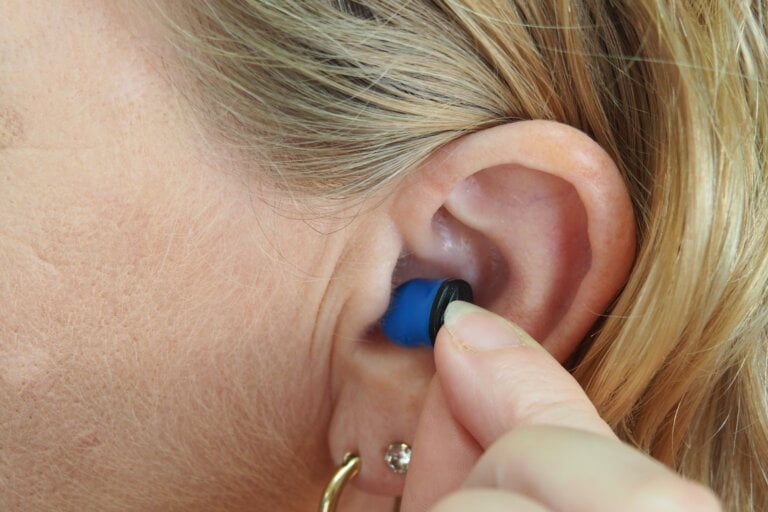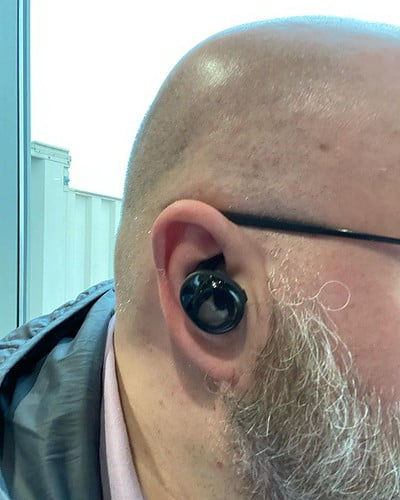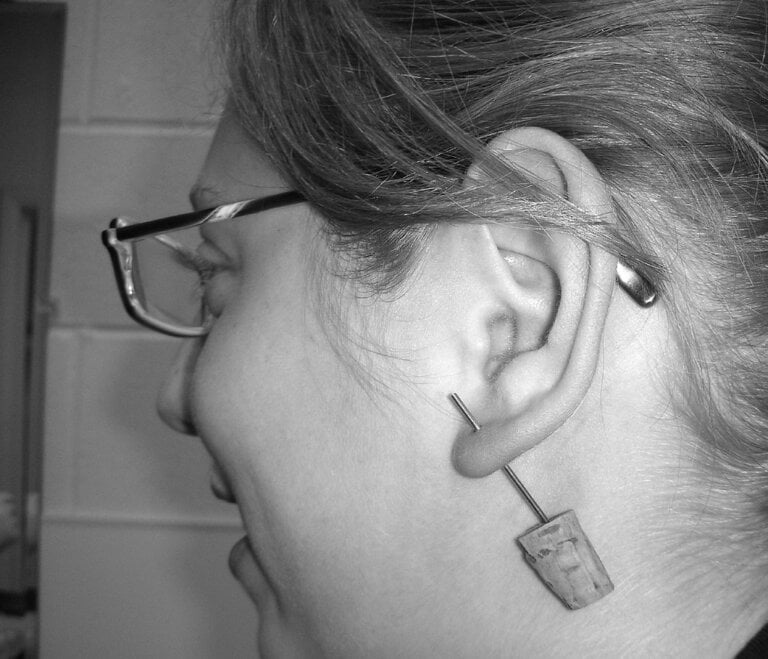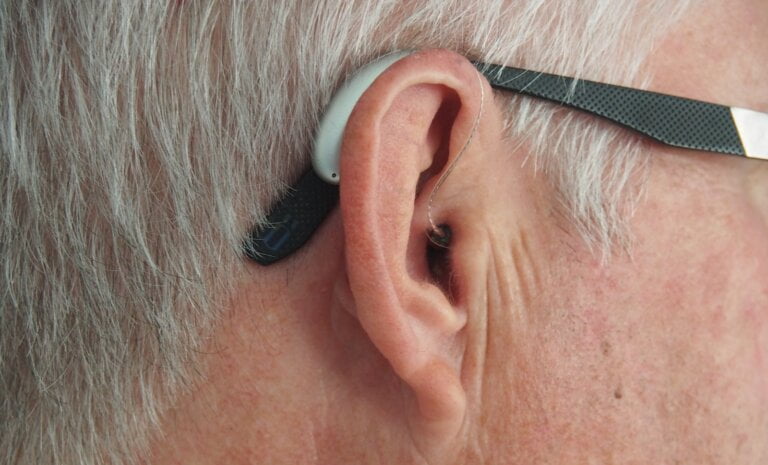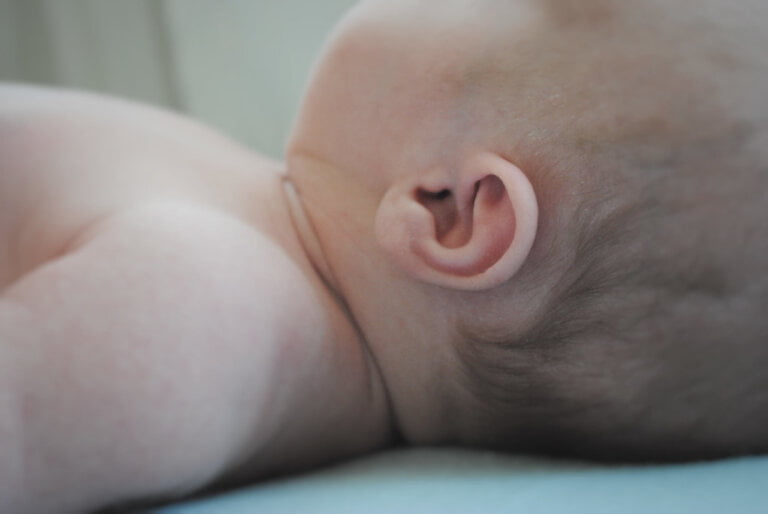Aftercare Tips and Practices for a Smooth Microsuction Experience
Microsuction is a highly effective and safe procedure for removing earwax and treating various ear-related issues. This minimally invasive technique involves using a suction device to gently remove excess earwax and debris from the ear canal. While the procedure itself is quick and virtually painless, proper aftercare is essential to ensure a smooth and successful microsuction experience. In this article, we will discuss some important aftercare tips and practices to follow after undergoing a microsuction procedure.
Keeping the Ears Clean and Dry
After microsuction, it is crucial to keep the ears clean and dry to prevent infections and complications. Here are some practices to follow for optimal aftercare:
-
Avoid getting water in the ears: To prevent moisture from entering the ear canal and causing infections, it is important to avoid swimming or submerging the ears in water for at least 24 to 48 hours after the procedure. Water can introduce bacteria into the ears, leading to potential complications.
-
Avoid inserting anything into the ears: It is vital to refrain from inserting cotton swabs, fingers, or any other objects into the ears after microsuction. The procedure clears the ear canal of earwax, and inserting anything into the ears can disrupt the healing process and potentially cause injury to the delicate ear canal.
-
Use earplugs or cotton balls during showering: To protect the ears from water during showers, it is advisable to use earplugs or cotton balls. These simple measures can help prevent water from entering the ear canals and reduce the risk of infections. Additionally, using a shower cap can provide an extra layer of protection for those who prefer not to use earplugs or cotton balls.
It is important to note that excessive earwax buildup can be prevented by practicing regular ear hygiene. This includes avoiding the use of cotton swabs in the ears, as they can push the earwax deeper into the ear canal and cause blockages. If you are prone to excessive earwax buildup, consult with a healthcare professional for guidance on safe ways to keep your ears clean.
Dealing with Discomfort and Pain
While microsuction is generally a painless procedure, some individuals may experience mild discomfort or pain afterward. Here’s how you can manage it effectively:
-
Take over-the-counter pain relievers: If you experience any discomfort or pain, you may take over-the-counter pain relievers, such as acetaminophen or ibuprofen, following the recommended dosage. These medications can help alleviate pain and reduce inflammation. However, it is important to consult with a healthcare professional before taking any medication, especially if you have underlying medical conditions or are taking other medications.
-
Apply a warm compress: Placing a warm compress on the outer ear can provide soothing relief for any discomfort or pain. Ensure that the compress is not too hot to avoid burns. The warmth can help relax the muscles around the ears and promote faster healing. Remember to use a clean and sterile compress to prevent the risk of infections.
-
Avoid excessive touching or scratching: It is crucial to refrain from touching or scratching the ears excessively, as this can introduce bacteria and increase the risk of infections. If itching persists, consult with your healthcare provider for appropriate guidance on relieving the itch without compromising the healing process.
Recognizing Signs of Complications
While complications are rare after microsuction, it is essential to be aware of any potential signs and seek medical attention if necessary. Look out for the following indications:
-
Persistent pain or discomfort: If you experience persistent or worsening pain, discomfort, or pressure in your ears, it is important to consult with a healthcare professional. These symptoms may indicate an infection or other complications that require prompt medical intervention. It is better to be cautious and seek professional evaluation to prevent any potential complications from escalating.
-
Bleeding: While minimal bleeding may occur immediately after the procedure, if bleeding persists or increases, it is crucial to seek medical attention. Excessive bleeding could indicate a more serious issue that needs to be addressed. Applying gentle pressure with a clean cloth or sterile gauze can help control minor bleeding before seeking medical advice.
-
Hearing loss or changes in hearing: If you notice any sudden hearing loss or significant changes in your hearing abilities after microsuction, it is essential to consult with an audiologist or an ear, nose, and throat specialist. This could be a sign of a more serious underlying condition that requires immediate attention. Prompt evaluation by a specialist can help identify and address any potential issues affecting your hearing.
Follow-Up Care and Appointments
After undergoing microsuction, it is generally recommended to schedule a follow-up appointment with your healthcare provider. This allows them to monitor your progress, address any concerns, and ensure the success of the procedure. Here are some important points to consider:
-
Follow your healthcare provider’s instructions: Your healthcare provider will provide specific instructions for your aftercare. It is crucial to follow these instructions diligently to optimize your recovery and minimize the risk of complications. This may include using prescribed ear drops, performing certain ear hygiene practices, or avoiding exposure to loud noises or water.
-
Attend the scheduled follow-up appointment: Attending the follow-up appointment is crucial to assess the effectiveness of the microsuction procedure and address any lingering issues. During this appointment, your healthcare provider will evaluate your ears, ensure they are healing properly, and determine if any further treatment or follow-up is necessary. It is important to communicate any concerns or changes you have experienced since the procedure.
-
Discuss any concerns or questions: If you have any concerns or questions during your recovery period, do not hesitate to reach out to your healthcare provider. They are there to support you and provide the necessary guidance to ensure a smooth and successful microsuction experience. Your healthcare provider can offer personalized advice based on your specific situation, address any uncertainties, and provide reassurance throughout your recovery journey.
In conclusion, following proper aftercare tips and practices is vital for a smooth microsuction experience. By keeping the ears clean and dry, managing discomfort appropriately, recognizing signs of complications, and attending follow-up appointments, you can ensure optimal healing and minimize the risk of complications. Remember to always consult with a healthcare professional for personalized advice and guidance throughout your recovery journey.
FAQ
Q: How long should I avoid getting water in my ears after a microsuction procedure?
A: It is important to avoid swimming or submerging the ears in water for at least 24 to 48 hours after the procedure to prevent infections.
Q: Can I insert cotton swabs or other objects into my ears after microsuction?
A: No, it is vital to refrain from inserting cotton swabs, fingers, or any other objects into the ears after microsuction as it can disrupt the healing process and potentially cause injury to the ear canal.
Q: What should I do to protect my ears from water during showers?
A: To protect the ears from water during showers, it is advisable to use earplugs or cotton balls. Using a shower cap can also provide an extra layer of protection.
Q: How can I manage discomfort or pain after a microsuction procedure?
A: You can take over-the-counter pain relievers following the recommended dosage or apply a warm compress on the outer ear for soothing relief. However, consult with a healthcare professional before taking any medication.


